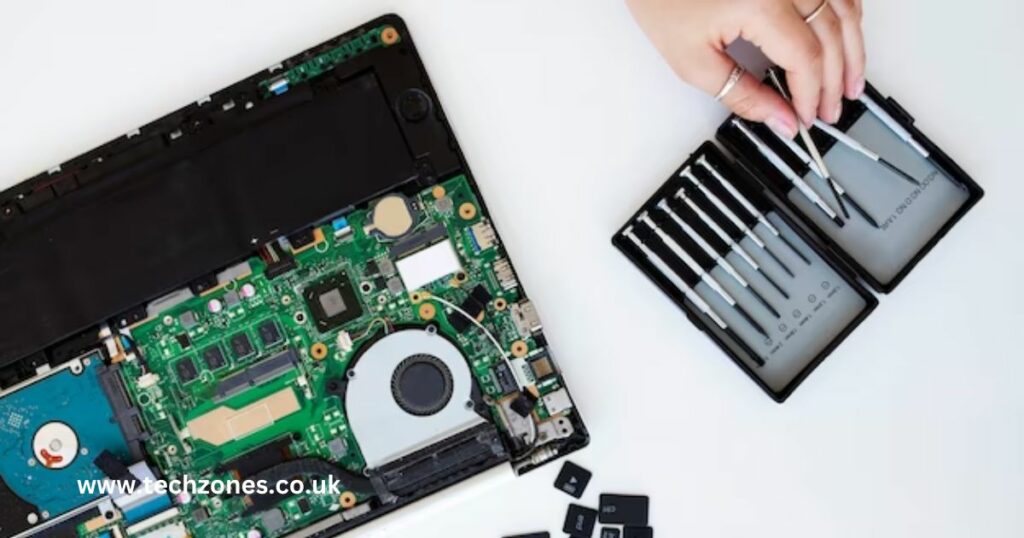When it comes to our beloved MacBook, one of the essential elements we rely on is its battery. Whether working on the go or simply browsing the web from the comfort of our couch, a long-lasting battery is crucial for uninterrupted productivity. However, a MacBook’s power source isn’t invincible like all batteries. Over time, it undergoes wear and tear, affecting its overall lifespan.
The lifespan of a MacBook battery is influenced by several factors, including battery chemistry (e.g., lithium-ion/polymer technology), the number of charge cycles it undergoes, temperature and environmental conditions it is exposed to, charging habits and power management settings, resource-intensive app usage, battery age and wear over time, and the regularity of software updates and maintenance. Understanding and managing these factors can help users prolong their MacBook battery’s longevity and optimize its performance.
In this article, we will delve into the factors that influence the longevity of a MacBook battery and explore some practical tips to help you get the most out of it.
Battery Chemistry and Technology
At the heart of every MacBook battery lies advanced lithium-ion or lithium-polymer technology. These batteries move lithium ions between the positive and negative electrodes during charging and discharging cycles. Their high energy density and low self-discharge rate make them ideal for modern electronic devices. Understanding the basics of battery chemistry helps us appreciate how crucial these components are to a MacBook’s power and performance.
Charge Cycles and Calibration
Every time you use up 100% of your MacBook’s battery capacity or go through a combination of partial charges adding up to 100%, you’ve completed one charge cycle. Repeated charge cycles inevitably impact the battery’s health over time. To ensure your MacBook battery remains accurate and reliable, it’s essential to calibrate it periodically. Calibration involves fully charging the battery and then allowing it to discharge until it reaches a low state. This process helps the system gauge the battery’s true capacity.
Temperature and Environmental Impact
MacBook batteries are sensitive to temperature fluctuations. Extreme heat or cold can adversely affect their performance and longevity. Prolonged exposure to high temperatures can cause the battery to degrade faster, reducing lifespan. Conversely, freezing temperatures may temporarily inhibit battery performance. To protect your MacBook battery, avoid leaving it in a hot car or exposing it to extreme weather conditions.
Charging Habits and Power Management
Charging habits play a significant role in maintaining battery health. Overcharging or continuously keeping the battery at full capacity can strain its chemical composition. Instead, experts suggest allowing the battery to discharge partially before recharging it. Optimizing your MacBook’s power management settings can help significantly extend battery life. Features like “Energy Saver” mode on macOS intelligently manage power consumption, making your battery last longer.
App and System Resource Management
Resource-intensive applications and multitasking can drain your MacBook’s battery quickly. Apps that demand a lot of processing power and graphics, such as video editing software or high-end games, can strain the battery. Similarly, running too many background processes can lead to unnecessary power consumption. To maximize battery life, it’s advisable to close resource-heavy apps when not in use and limit multitasking.
Battery Age and Wear
As with all batteries, age and wear inevitably impact performance. Over time, a MacBook battery’s capacity naturally diminishes due to chemical reactions and material degradation. After a few years of use, you may notice a decrease in how long your MacBook can operate on a single charge. Monitoring your battery’s health through macOS diagnostic tools can help you determine when it might be time for a battery replacement.
Software Updates and Maintenance
Regular software updates are more than just adding new features. They often include improvements in power management and optimizations that can enhance battery life. By keeping your macOS up to date, you ensure that your MacBook runs efficiently and takes full advantage of the latest battery-saving technologies. Additionally, performing regular maintenance tasks, like cleaning dust from the keyboard and ensuring proper ventilation, can help your MacBook maintain an optimal operating temperature, benefiting battery health.
Are you looking to maximize the lifespan of your beloved MacBook battery and ensure it stays powered for longer? Look no further! At Tech Zones, we offer top-notch services to help you get the most out of your MacBook’s battery. Our expert technicians understand the intricacies of battery chemistry, charging habits, and power management. With our guidance, you can learn how to calibrate your battery correctly, optimize app usage, and implement effective system maintenance. Whether you need a battery replacement or want to enhance your MacBook’s overall performance, our dedicated MacBook repair specialists are here to assist you.
Conclusion
Your MacBook’s battery lifespan is influenced by several factors, some of which you can control. By understanding the chemistry behind it, adopting healthy charging habits, managing resources wisely, and keeping the software up to date, you can significantly prolong the life of your MacBook battery. With these practices, you can enjoy a longer-lasting battery that keeps up with your on-the-go lifestyle, ensuring productivity and enjoyment wherever possible. Remember, a well-maintained battery is the key to unlocking the full potential of your MacBook!


